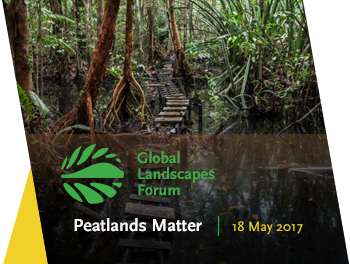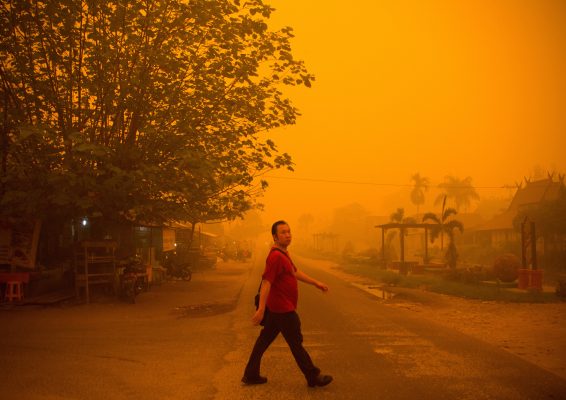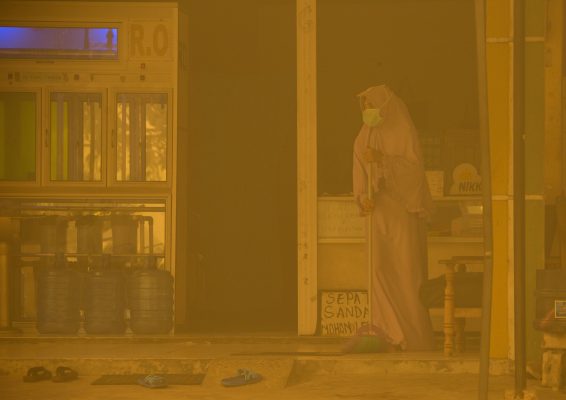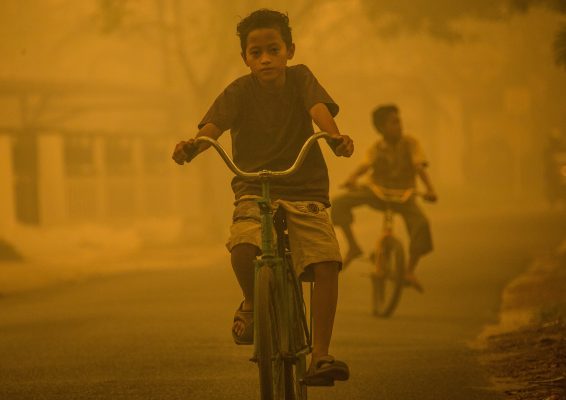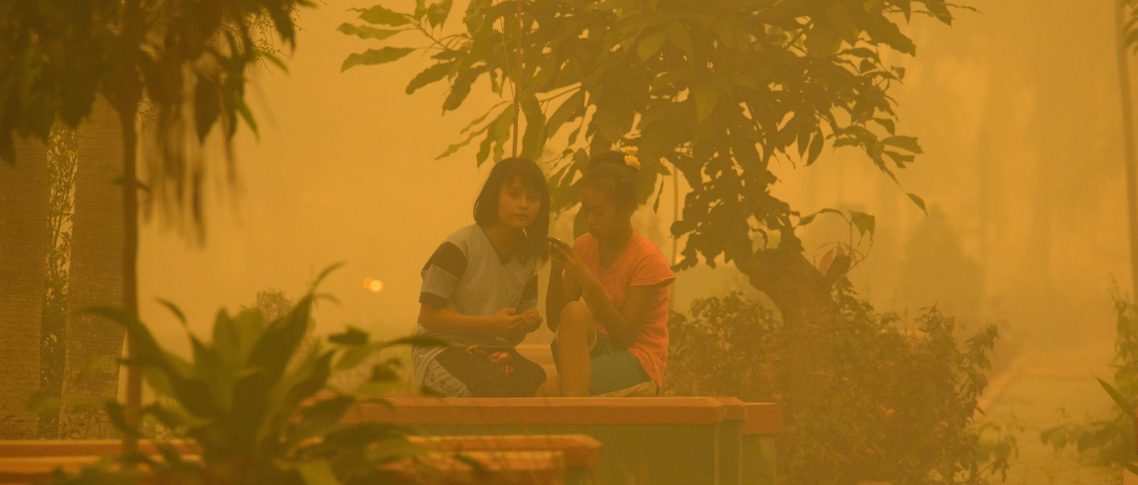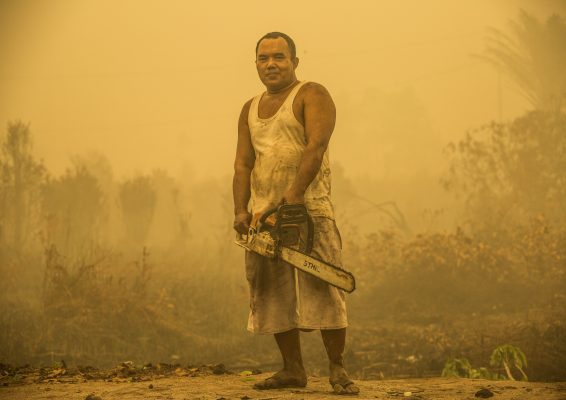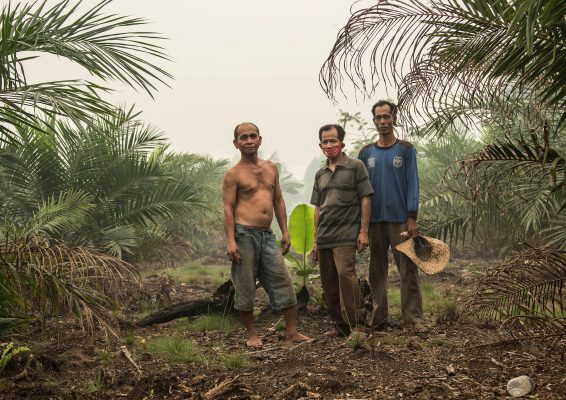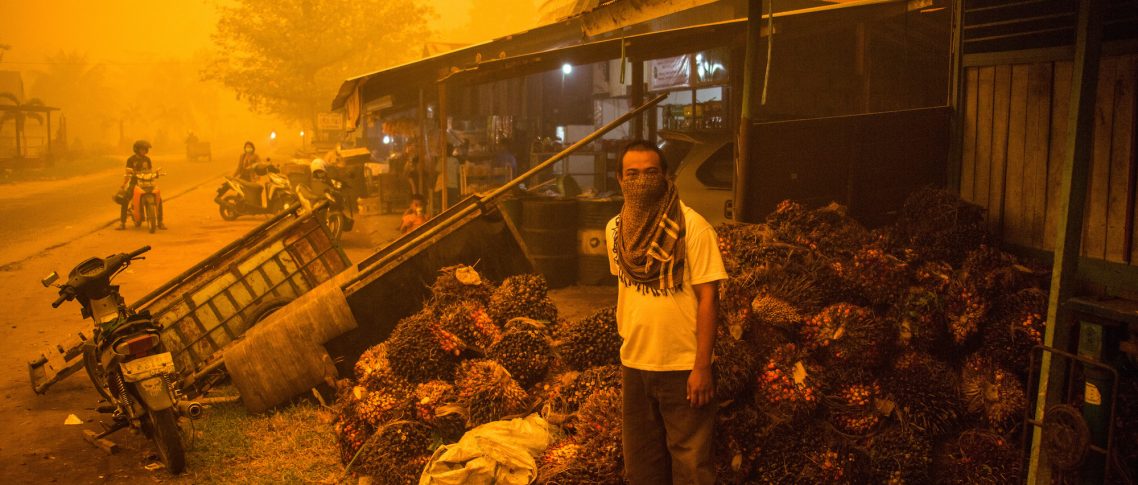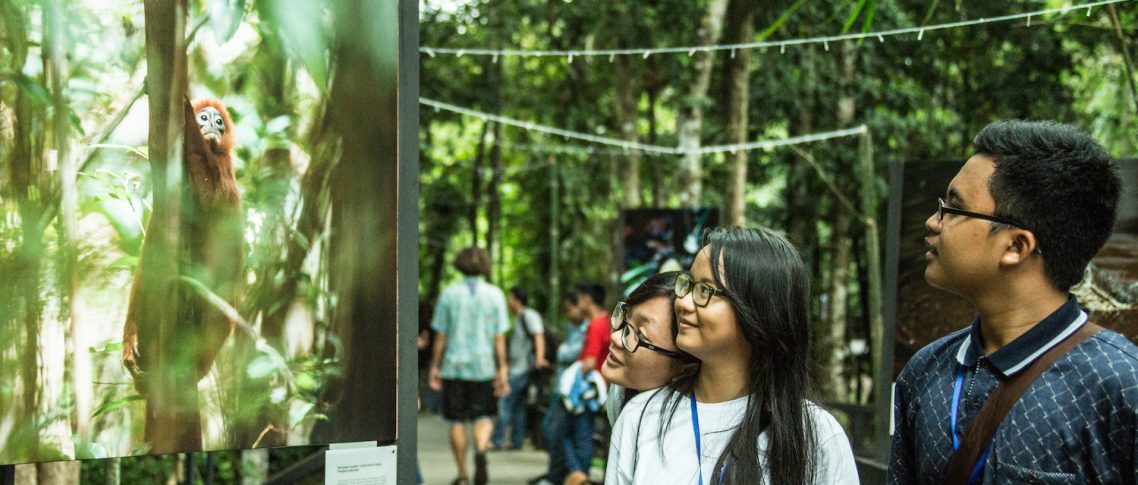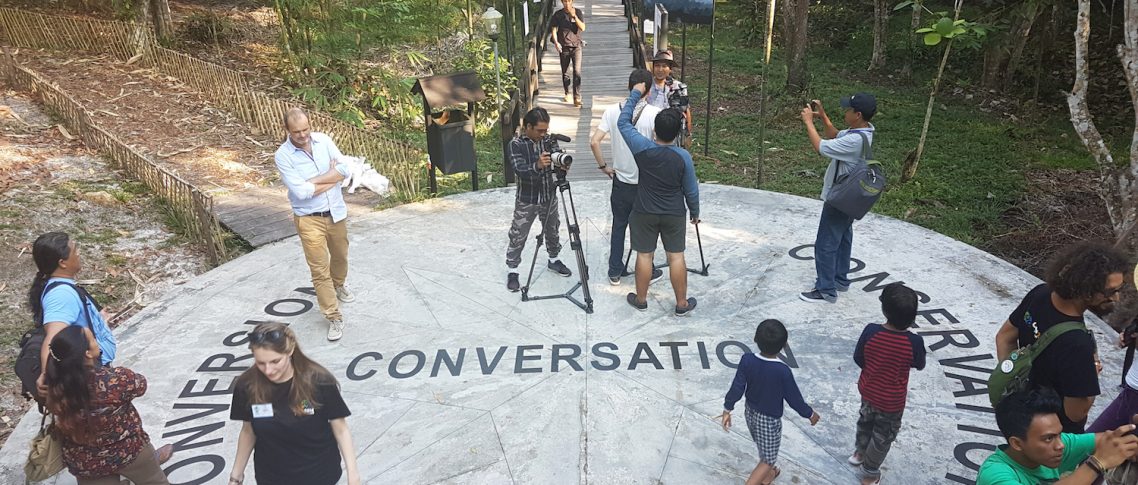Peatland fires in Indonesia push scale-topping figures. Kalimantan alone produced greater levels of carbon emissions than the entire European Union over the most intense burning months of September and October in 2015. Besides the cost of emissions and hectares burned, research is ongoing into the political economy of the fire and haze, as well as the health impacts and the economic burden the fires present.
The word ‘haze’ is misleadingly benign — in reality, peatland fires produce toxic smoke, containing noxious components such as carbon monoxide, cyanide, ammonia and formaldehyde, in concentrations far beyond safe limits. People breathing this toxic smoke on a prolonged and daily basis during the burning months face serious hazards to their health, food security and well-being.
Here we purposefully step back from the high-level science to bring to life the daily reality of peatland fire and haze. In this photo story, we weave words from the field – in Central Kalimantan and Eastern Riau – around images captured during the peak of the 2015 peatland burning crisis to offer insights into the day-to-day reality for those on the ground — those who experienced the environmental crisis firsthand.
